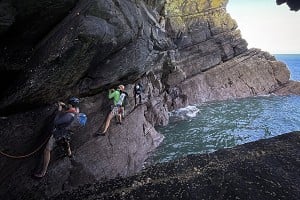
Site user and prolific outdoor blogger John Appleby pours scorn on the current state of public access in England and Wales, and the 'plate of cold tripe' that is the Countryside and Rights of Way (CRoW) Act.
The relationship between landowner and the general public has, since time immemorial, been a hugely emotive and divisive issue which is guaranteed to stir up strong feelings - particularly within the outdoor community. So here are some of mine.
It would not be an exaggeration to link history such as the Highland Clearances with events in living memory such as the 1930’s Kinder Trespass. Whilst the rambling fraternity did not suffer what outdoor writer and clearances historian David Craig described as a ‘holocaust’, both events shared a political dimension which saw the dominant land owning class supported by the political establishment, pitched against the disenfranchised and exploited commoner. The jealous guarding of private estates and the denial of access to large swathes of England & Wales continue to this day. It is a situation in which the law of the land is very much weighted on the side of the landowner with the general public still - after centuries of campaigning - on the outside looking in. It is an issue which has largely been resolved in large parts of Europe, including Scotland, although even here there remain anomalous issues surrounding hunting and massive systemic inequalities in land ownersip. However it's far worse down south.
"Far from addressing our right to roam, CRoW continues to enshrine the rights of the tiny minority over the majority"
In England and Wales the general public’s right to roam remains a distant dream despite it being an election pledge of the '97 Blair government. The compromise CRoW act which evolved from the open access campaign can be seen as a rather tepid watering down of an election pledge and a shameless appeasement to the farming and landowning community. An act which far from addressing our right to roam, continues to enshrine the rights of the tiny minority over the majority [Ed: for more on how CRoW works visit the BMC site here].
Last weekend I was to join a memorial walk up Yr Wyddfa (Snowdon) in memory of a greatly missed member of the UKC community, David Hooper. David died around a year ago and the event organised by his friends and family was planned as a celebration of his life in what would have been the week of his 60th birthday. As I drove down the A5 from my home in NE Wales I thought back to Dave’s funeral in Liverpool where I had been honoured to close the funeral service with a reading of WB Yeat’s ‘Lake Isle of Inisfree’. It's a beautiful short poem which encapsulates those feelings of peace and solitude which are so important to outdoor folk.
Of course ‘peace and solitude’ is not going to be found on Yr Wyddfa at the weekend, so mindful of just how overwhelmed by walkers the mountain would be I had chosen a long approach which until the final stages avoided the crowds. Via Google Earth I'd found a really interesting way up the mountain, passing over National Trust land via a farm track which continued to some old quarry barracks near the outlier of Craig Wen. From there I would head up to Yr Aran and then catch the ridge above Cwm Tregalan from where I would finally find myself jostling with the hordes walking up from the Cwellyn side of the mountain.
"The denial of access is an affront to democracy and a vestige of feudalism"
Outdoor writer Tom Hutton had suggested an alternative, starting from Beddgelert and following a public footpath to where he informed me it became open access land. As I crested the top of Nant Gwynant the promised sun had yet to materialise and the valley was shrouded in low cloud and a fine drizzle. However, the parking spaces and grass verges were absolutely rammed! Choosing an obscure alternative was obviously a good decision. When I pulled in the lay-by at the start of the NT track I was met with ‘Private...No Access’ signs. Not a situation I was unfamiliar with with regard to the NT and their often feudal approach to access. At this stage I have to confess to the view that the National Trust should stick to Stately Homes and leave the running of upland estates to organisations who have a more enlightened approach. As far as I’m concerned, the only talent the NT has in this area is in paying hugely inflated prices to greedy landowners for their estates. Contrast what the Trust paid for the Snowdon Estate which incorporated part of Yr Wyddfas’ summit with what the John Muir Trust paid for a larger estate on Ben Nevis at roughly the same time [Ed: The JMT are now in the process of buying a bit of Snowdonia too - see UKH news here]. The NT laid out roughly ten times what the JMT had paid for their estate. More recently, the Trust has once again made a widely publicised purchase of another Snowdonia estate at an inflated price. Perhaps I could forgive them squandering public donations if they had a progressive attitude to access, but they haven’t. As an organisation their willingness to accept a right to roam on their land is worse than many private landowners.
"Experiencing an access problem is nothing new. Particularly if you live in North Wales and have a penchant for straying off the beaten track"
But enough of the National Trust. To get back to my planned walk - I gave this forbidden route a wide berth and carried on down the valley to try Tom’s route. At least I wouldn’t be met with more ‘keep out’ signs. The first stage is clearly marked as a public footpath and it proved to be a very pleasant and obviously infrequently used approach. However, when I reached an area where it opened up and where I presumed the open access land began, I was brought to a halt by a piercing whistle - obviously perfected by a lifetime commanding sheep dogs. Appropriately sheepish and with Fergus my Springer Spaniel, thankfully still on a lead, I wandered back to a predictable chastisement.
I was told in no uncertain terms that ‘this is my land’. Further, I was informed that there is no open access apart from on the tops, and basically I could sling my hook. Not wishing to quote The Rights of Man or advise him that ‘all property is theft’, I headed back down the footpath towards the road and at 12.30 I was back once again just outside Beddgelert. With David’s friends and family meeting up between one and two I knew there was not much point in driving around to another starting point and instead drove up to Llyn Dinas from where I took the path up to the little Scots Pine topped knoll where my parents' - and Menlove Edwards' - ashes were scattered. By now the sun had broken through and I looked out from the knoll to a clear but inevitably jam packed Snowdon summit. On Bryn Castell however, it was appropriately as quiet as the grave.
"I couldn’t help but ponder just how unfair it was that such an amazing place was out of bounds to the general public"
Experiencing an access problem is nothing new. Particularly if you live in North Wales and have a penchant for straying off the beaten track. Last year I was with the climber/artist John Redhead when we visited a remote cwm off the Tanat Valley in Powys. We had come to visit the beautiful church of St Melangell to take a look at an old oak screen which depicted the legend of the eponymous princess. While we were in the churchyard and with John communing with 1000 year old yew trees, I took in the vast cwm. At its head was an impressive waterfall which looked every bit as dramatic as the nearby Pistyll Rhaeadr falls. I resolved to come back in the new year and take a closer look .When I did make it back on my own, it was a fine spring day with the sun cracking the flags. Wandering up the lane into the cwm I was soon met by ‘Keep Out-Private Estate’ signs. A crudely constructed signpost bore the legend ‘waterfall’. At first the permitted path was a pleasant approach which followed a rising and vaguely defined path hugging the right side of the valley. Pretty soon however, the lay of the land became more ill-defined. Gullies dissected the hillside and the early bracken was already obliterating any suggestion of a path. In the distance, small outcrops studded the hillside and the area had quickly gained a wild and untrammelled aspect. I took off down one of the gullies to avoid a longer approach but quickly found myself getting deeper and deeper into a gorse choked nightmare. When I reached a point when turning back looked no more appetising than continuing on, I let gravity take its course and slithered and tumbled down this hellish fissure until, sweating and resembling a human pincushion, I finally broke out into the sheep cropped lower slopes.
The waterfall was as impressive a feature as I had first imagined. At a guess it must have been at least 150’ high and the foaming waters cascaded dramatically down the vertiginous ramparts. When it came to time to leave, there was no way on earth I would be retracing my earlier punishing steps. I resolved to walk out through the private estate and be damned! It was a fine walk out to start with. A good track winding through an exquisite cwm. Pretty soon though I reached the ‘Private Estate-Keep Out’ signs. This time there was no way I was taking any notice. Climbing over a fence I reached another track. A small bridge crossed over a delightful river and estate houses came into view. Pretty soon I was in a farmyard, beyond which I could see the entrance to the estate. By the time I had crossed back into the public domain I had still not seen a single person all day. Normally this situation would have suited me down to the ground. I couldn’t help but ponder however just how unfair it was that such an amazing place was out of bounds to the general public. Just why exactly can ordinary people not follow the excellent tracks through the cwm and take in the elemental splendour at its head? Why should the access offered be a potentially life threatening approach which involves crossing gullies, bushwacking across verdant hillsides, crossing gorges and scrambling down steep sheep tracks? Even for Rufty-Tufty outdoor folk, an approach like this is a pain. Particularly when a far easier and more pleasant approach is available down in the valley and teasing the walker at every footfall. For families with children, the elderly or the disabled, the denial of access to such places is an affront to democracy and a vestige of feudalism which is still alive and well .
When organisations like the BMC and The Ramblers Association campaigned for a right to roam in the aftermath of the Blair landslide government in 1997, they might have expected that they would have enjoyed the support and good will of a supposedly liberal government committed to progressive reform of our outdated access laws. What we got eventually was the Countryside and Rights of Way act - the CRoW act. A plate of cold tripe which is in the vernacular of my home city 'neither my arse nor my elbow’! It’s now the second decade of the 21st century and still farmers, great estates, venture capitalist land funds and organisations like the National Trust are saying to us ‘Get orf my land’. Benny Rothman must be turning in his grave. How did the outdoor community contrive to lose such a winnable battle and just when will ordinary people in England and Wales truly enjoy a right to freely roam and enjoy our wildest places without hindrance?
North Wales-based climber John Appleby is the brains behind outdoor writing 'blogazine' Footless Crow, which is 'unashamedly traditional, and celebrates the finest virtues of British mountaineering'.
For more from John see also his blog To Hatch a Crow
Nb. Any similarity with the acronym CRoW is entirely crowincidental.

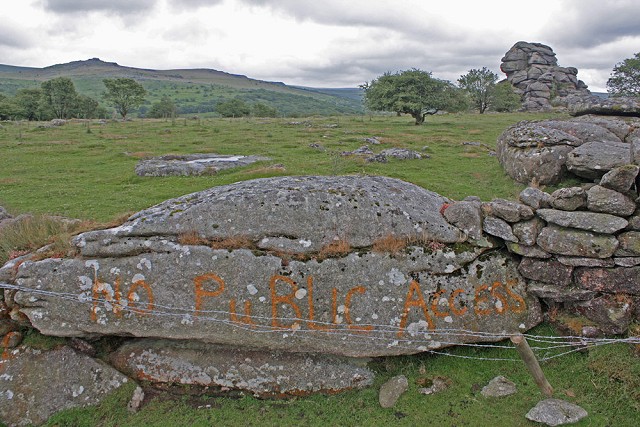
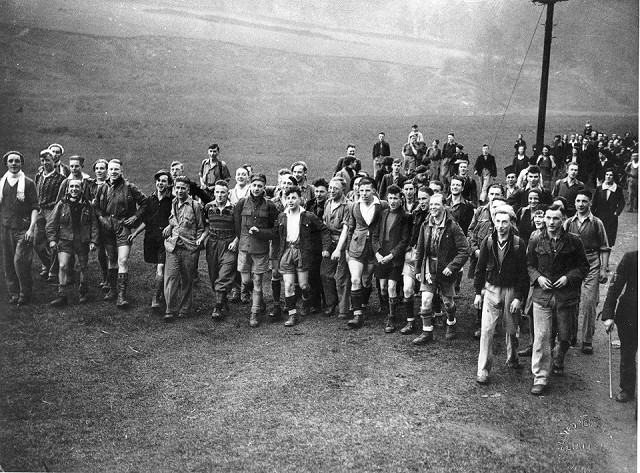
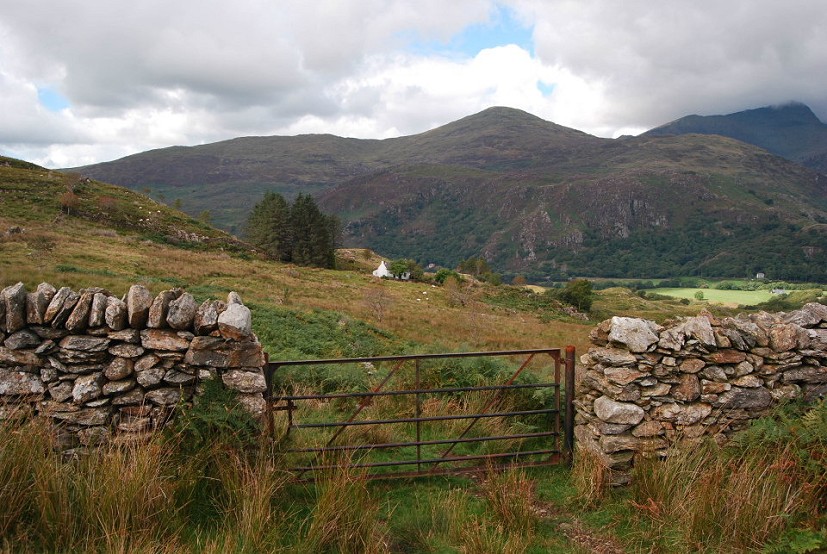

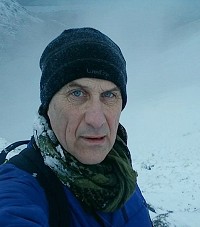

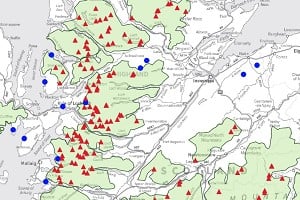


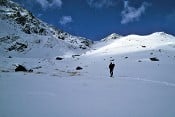




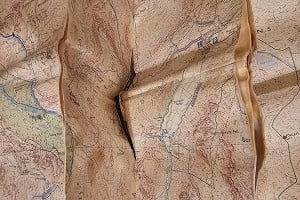
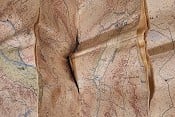
Comments